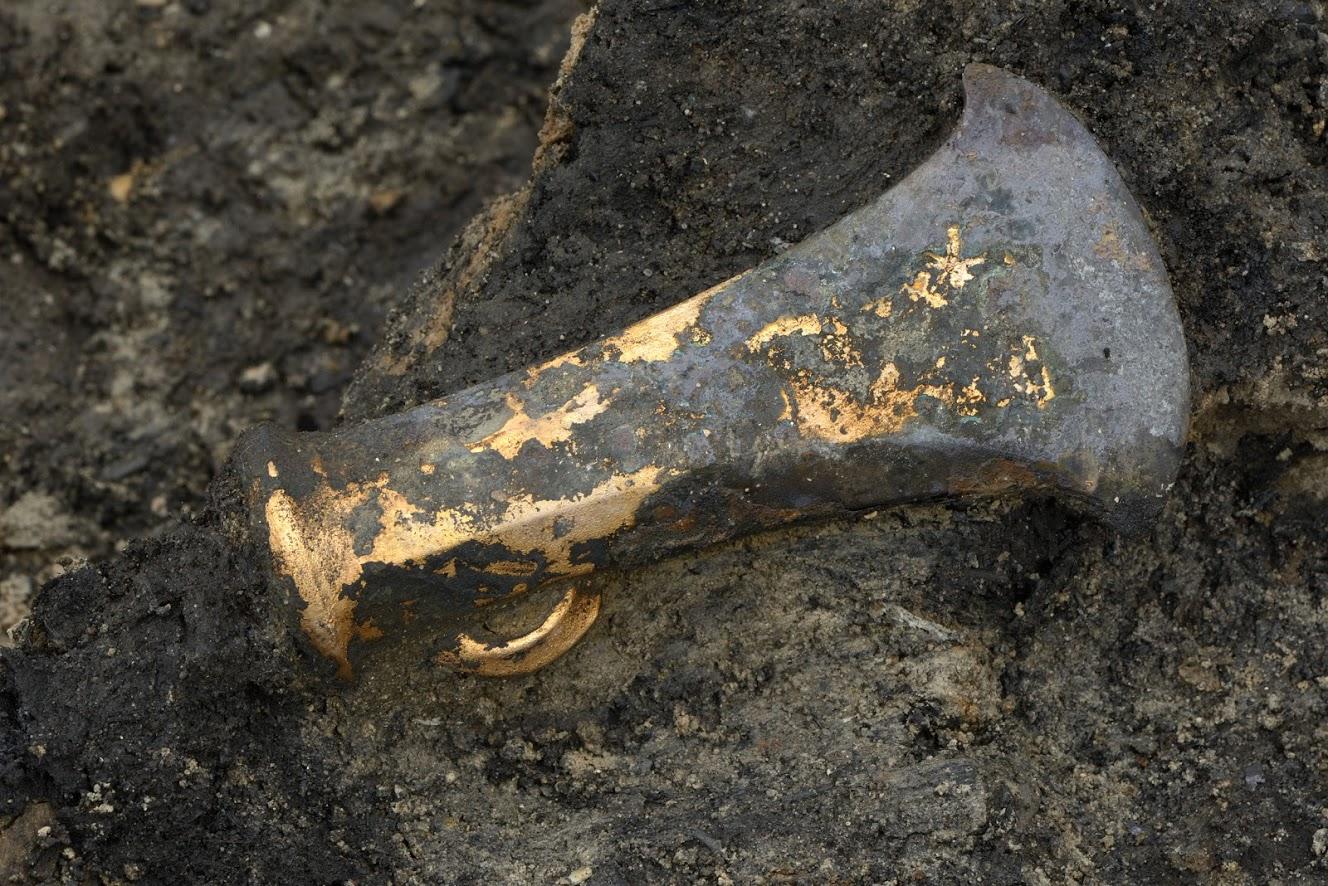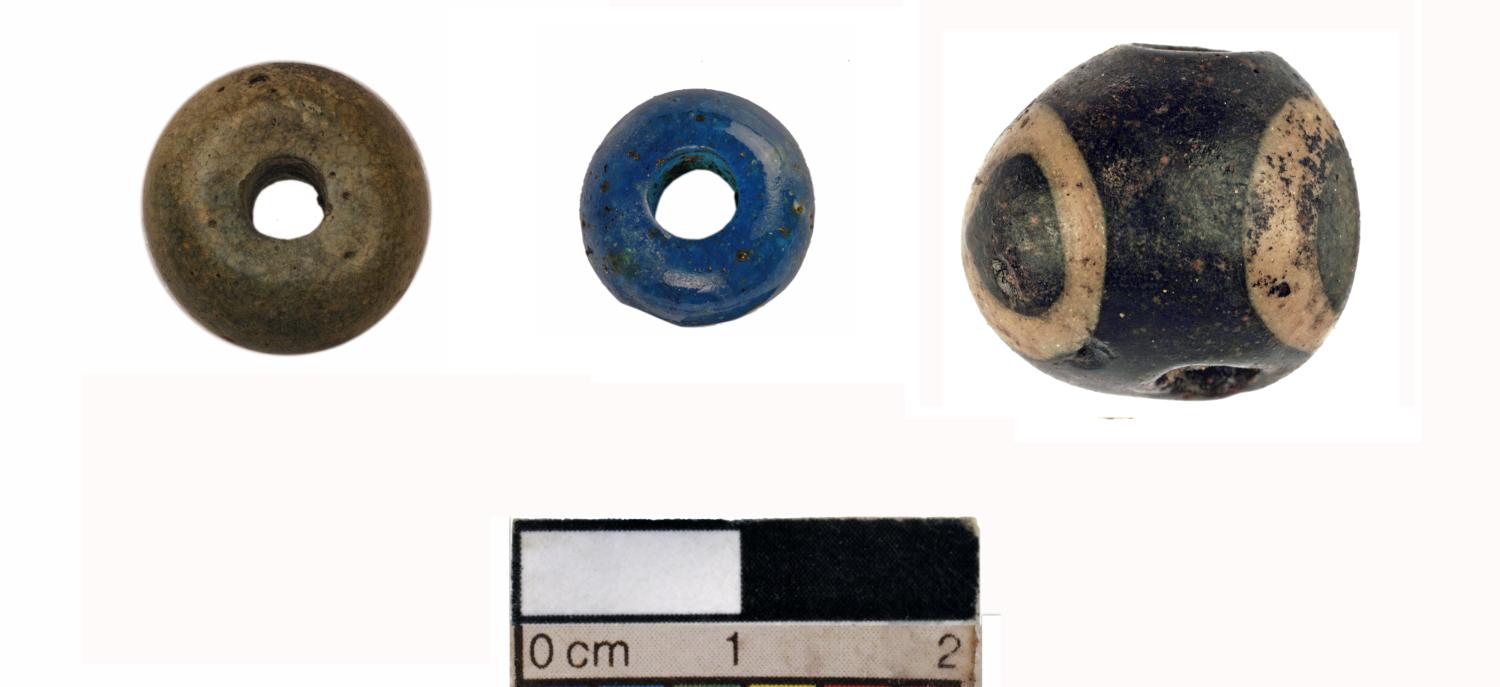The site has revealed the largest collections in Britain of Bronze Age textiles, beads, domestic wooden artefacts (including buckets, platters, troughs, shafts and handles) and domestic metalwork (axes, sickles, hammers, spears, gouges, razors, knives and awls). It has also yielded a wide range of household items; among them are several complete ‘sets’ of storage jars, cups and bowls, some with grain and food residues still inside. Most of the pots are unbroken and are made in the same style; this too is unprecedented.


“Perhaps uniquely, we are seeing the whole repertoire of living at Must Farm – from food procurement to cooking, eating and waste and the construction and shaping of building materials,” according to Professor Charles French. “We see the full tool and weapons kits – not just items that had been lost, thrown away or deposited in an act of veneration – all in one place.”

Finds of textiles and fibres illuminate the stages of textile production, and include hanks of prepared fibre, thread wound on wooden sticks or into balls, and finished fabrics of various qualities. The outstanding level of preservation means that methods such as scanning electron microscopy can be employed, which magnifies more than 10,000 times, to look in detail at the fibre content and structure.

“All the textiles appear to have been made from plant fibres. The people at Must Farm used cultivated species, such as flax, as well as wild plants, such as nettle and perhaps trees, to obtain raw materials. Flax provided the finest fibres and was used to weave fine linen fabrics on a loom. The linen textiles found at Must Farm are among the finest from Bronze Age Europe. Wild fibres appear to have been used for coarser fabrics made in a different technique, known as twining.”
Two rare well-preserved Bronze Age tripartite wheels have been found on site. These attest to a world beyond the river and to the ongoing relationship between the wetland settlement and the adjacent managed and cultivated dry land. Despite the site’s situation in a wetland, the majority of the surviving material speaks of an economy based on dry land.

“The finds at Must Farm reveal that some communities were living right in the heart of the fen – and that these people were connected to others by an active thoroughfare which linked them to the rest of Britain and to the North Sea.”


